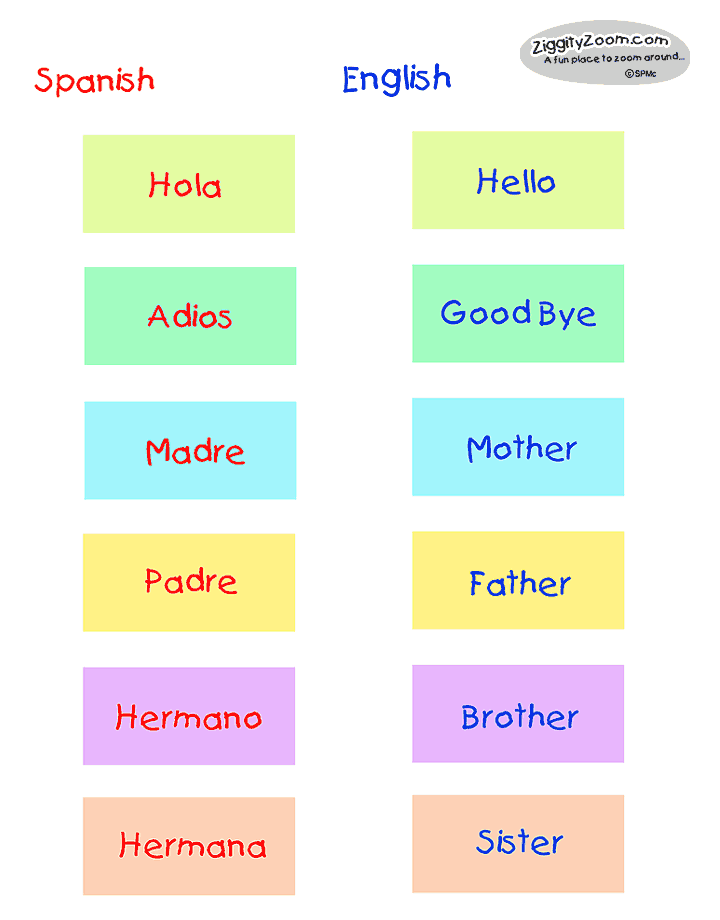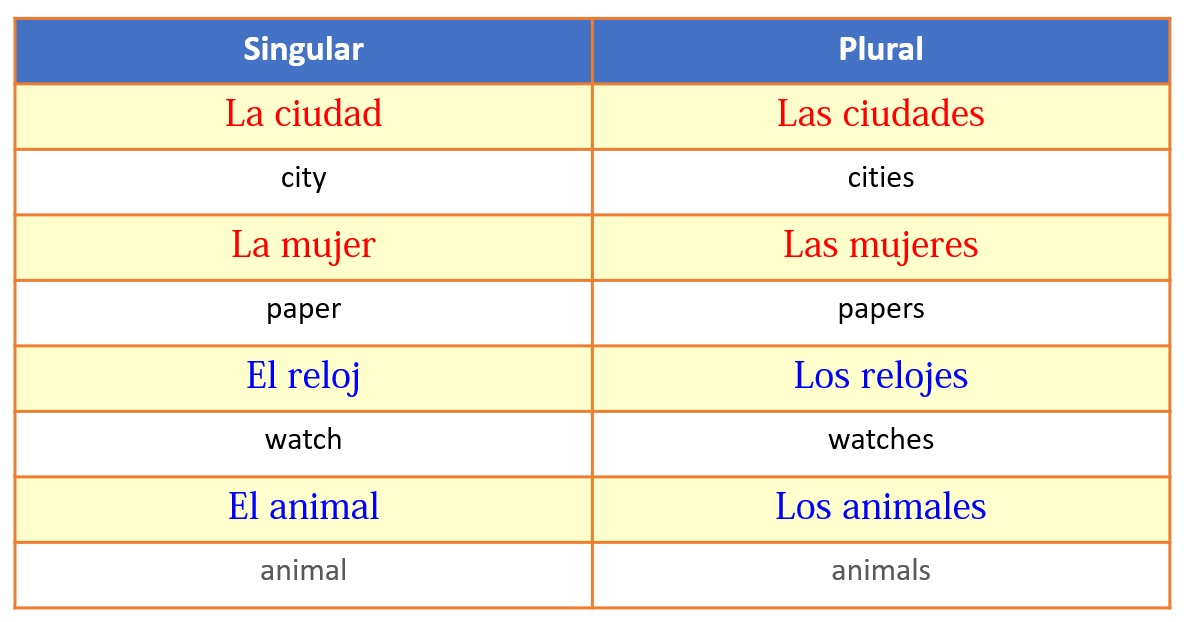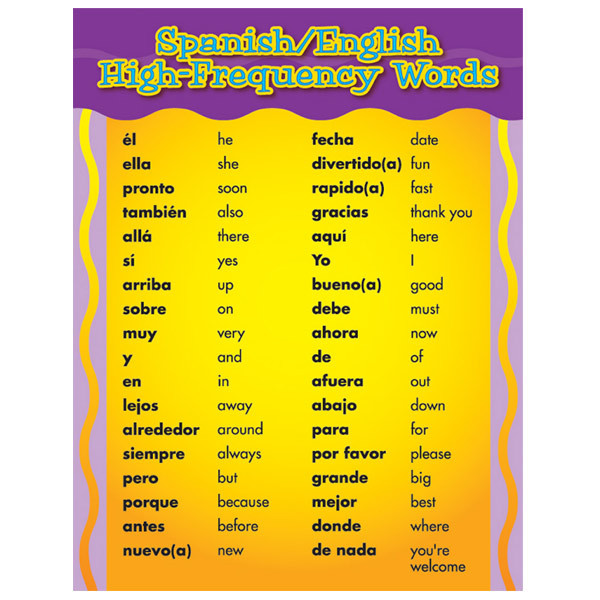

It is used to express that an action is happening right now (at the moment of speaking).We’ve talked a lot about the structure of the present continuous tense in Spanish, but when should we use it? In Spanish, this structure is used in two different ways. Here they are!Ĭhange the vowel “e” for “i” in the following group of irregular present participles.Ĭhange the vowel “o” for “u” in the following verbs.Ĭhange the “i” in “iendo” for the letter “y” in the following group of verbs. There are some irregular present participles in Spanish, and learning the most common ones will help you use the Spanish present continuous correctly. To form the present participle of verbs that end in “er” and “ir”, we simply need to substitute the ending “er” or “ir” and write “iendo” instead. To form the present participle of verbs that end in “ar”, we simply need to substitute the “ar” ending and place “ando” instead. Look at the following table and try to infer the rules to form present participles in Spanish. There are three types of verbs in Spanish, the ones that end in “ar”, “er”, and “ir”. To form them you simply need to add -ando or -iendo to verbs.
#Endo words in spanish how to
To form the present progressive or continuous tense in Spanish, you also need to know how to form present participles. Remember, you can substitute the pronouns above and use names instead. Now you know how to conjugate the verb “estar” with all the Spanish personal pronouns.

Here are all the conjugations of this verb. To use the Spanish present progressive tense correctly, you need to learn by heart the conjugation of “estar”. Do you know how to conjugate this verb in the simple present tense? Simple Present of Estar To form the Spanish present progressive tense, we need to use the form of the verb “estar” that belongs to the person we refer to. Raise it a bit at the end of the statement.ĭid you notice that we changed the form of the verb “estar” in the examples above? It’s because in Spanish the forms of verbs change depending on the person that performs the action. To turn an affirmative statement into a question, you simply need to change the tone of your voice. The structure used to create affirmative and interrogative forms in Spanish is the same. To create closed questions (questions that can be answered with “yes” or “no”) in Spanish is very simple.

¿Roberto está bailando? (¿ + subject + estar + verb in -ando/iendo + ?) (subject + no + estar + verb in -ando/iendo) Interrogative Form

(subject + estar + verb in -ando/iendo) Negative Form Below, we share with you the patterns you can use to form this tense. You can create affirmative, negative and interrogative sentences with the Spanish progressive tense. This tense appears in three different forms in Spanish conversations. In Spanish, present participles are verbs that end in -ando or -iendo. To form the present progressive or continuous tense in Spanish, you only need two things, the auxiliary verb “estar” and a present participle. We will also show you when and how to use this form. In this lesson, we will show you how to form this structure, which, for the purposes of this article, we will call present progressive in Spanish. The good news is that this “verb phrase” works very similarly to the present progressive you are familiar with. This particular verb phrase is made up of the verb “estar” and a verb that ends in “ando” or “iendo”. What in English is called “present progressive” in Spanish is called “perífrasis verbal” (verb phrase). Wait! What? “But I have I used the present progressive in Spanish before”, you may say. The Spanish language has 16 verb tenses and the present progressive tense is not one of them.


 0 kommentar(er)
0 kommentar(er)
